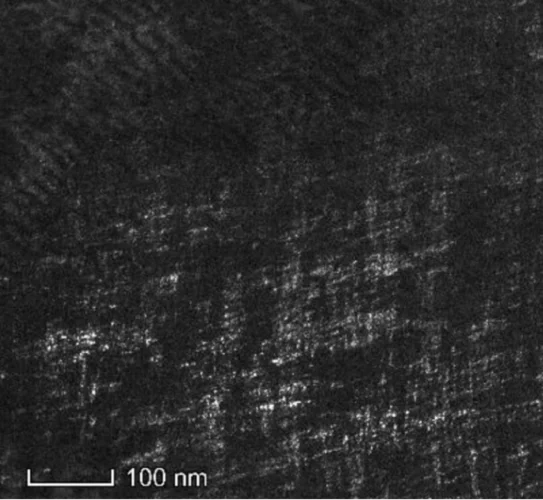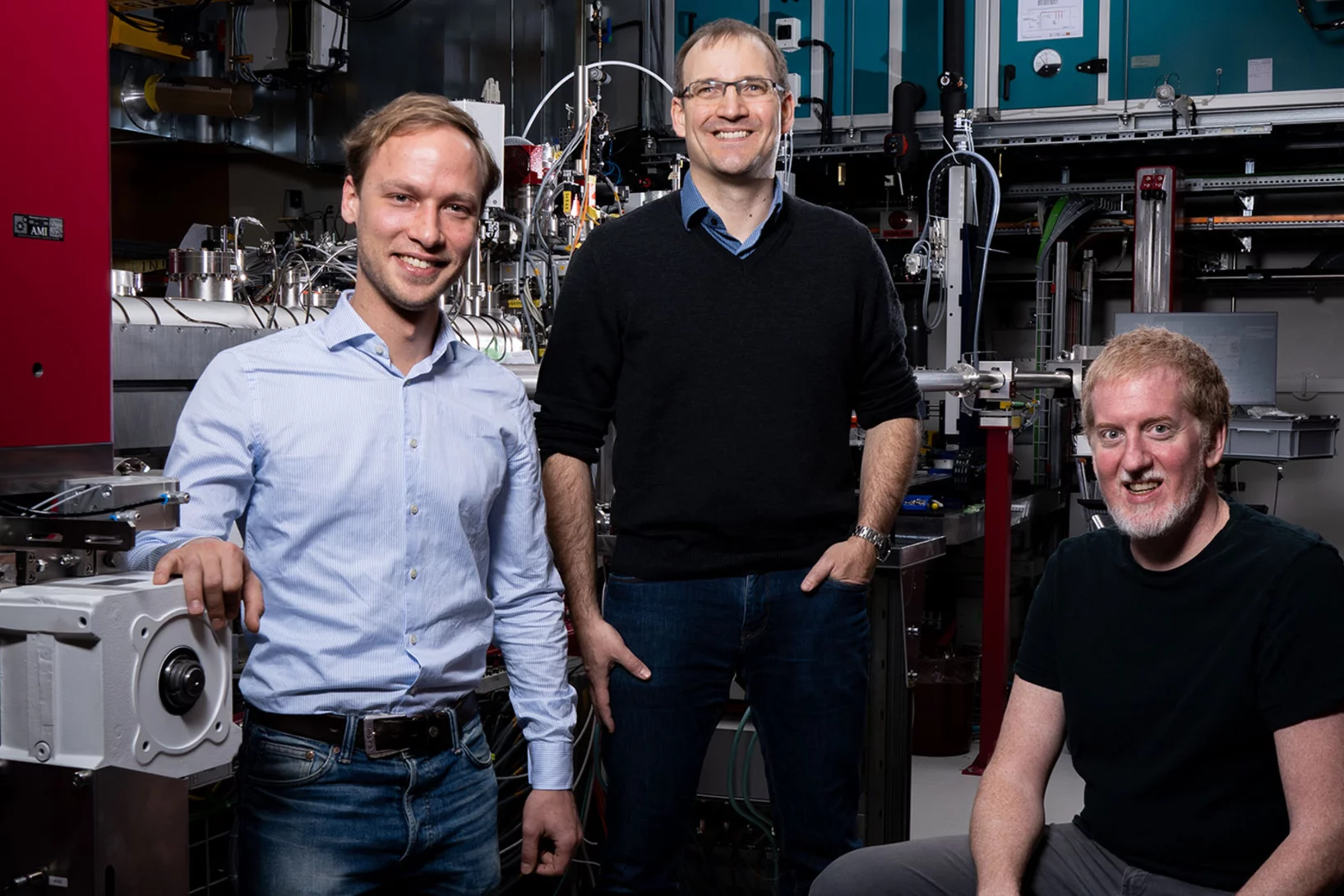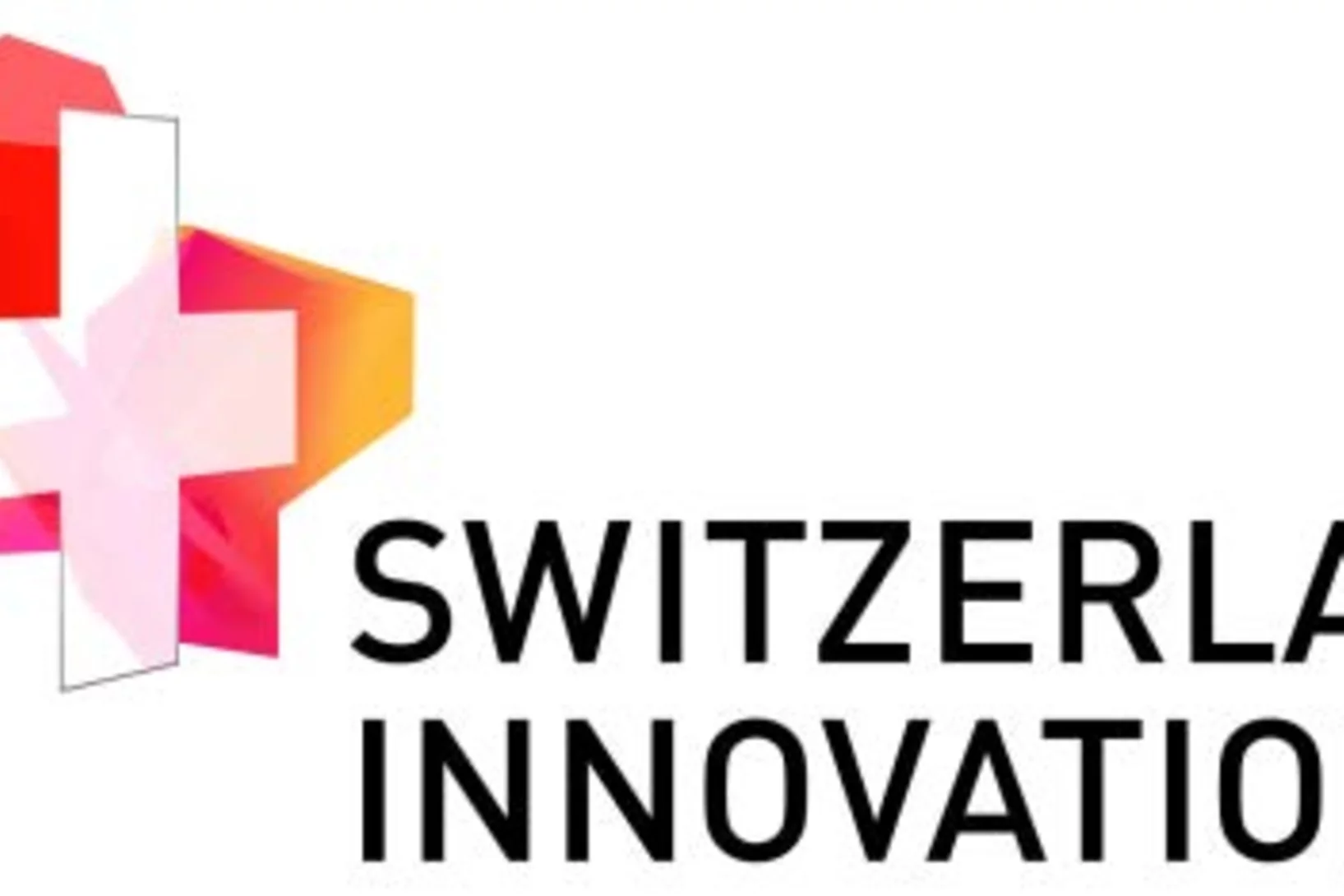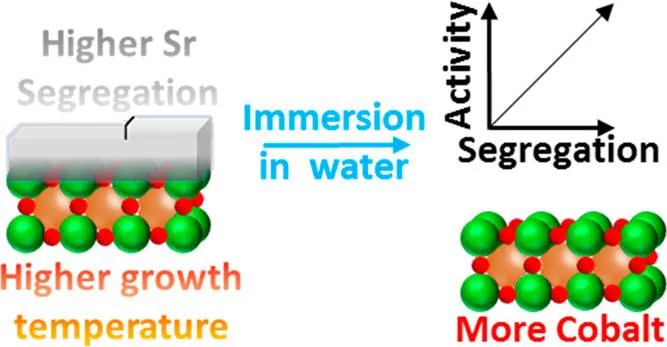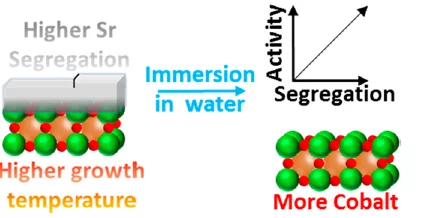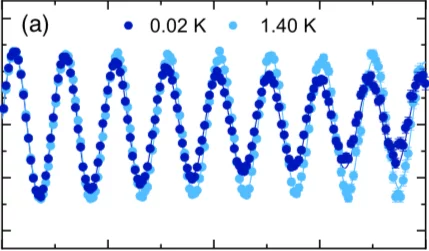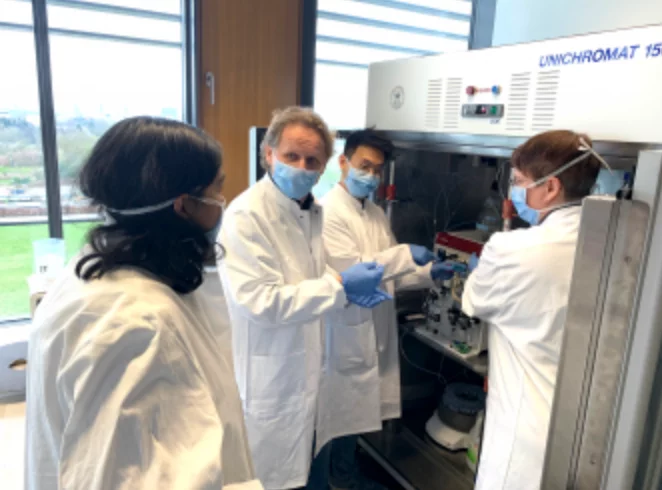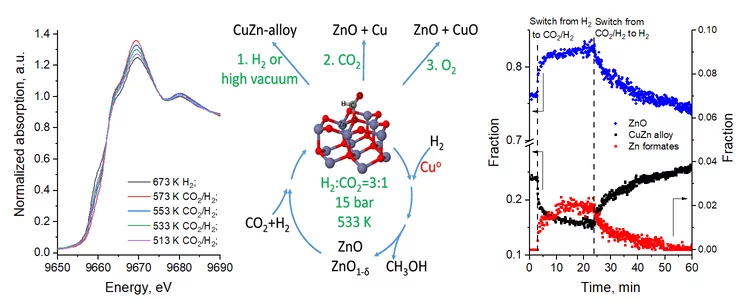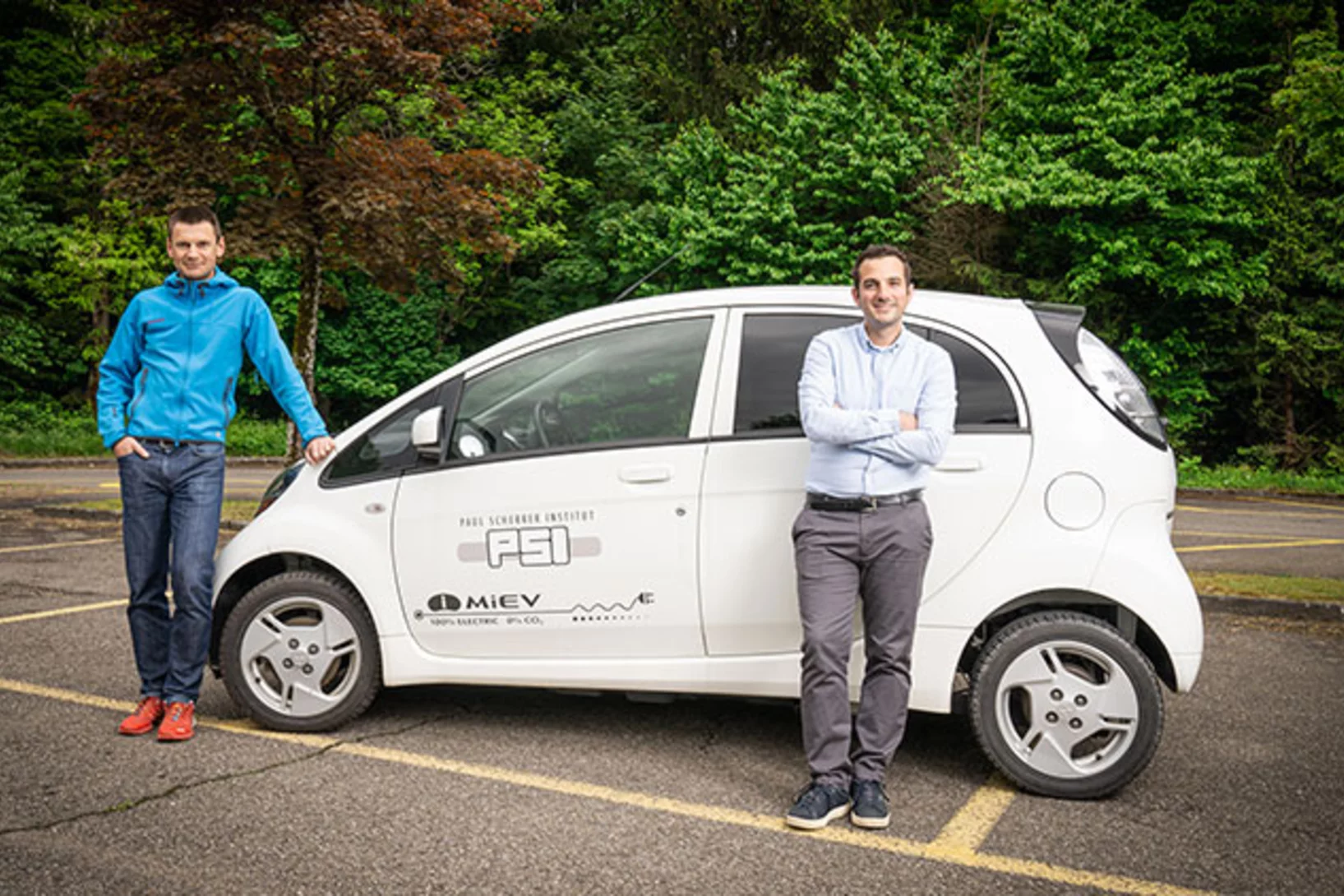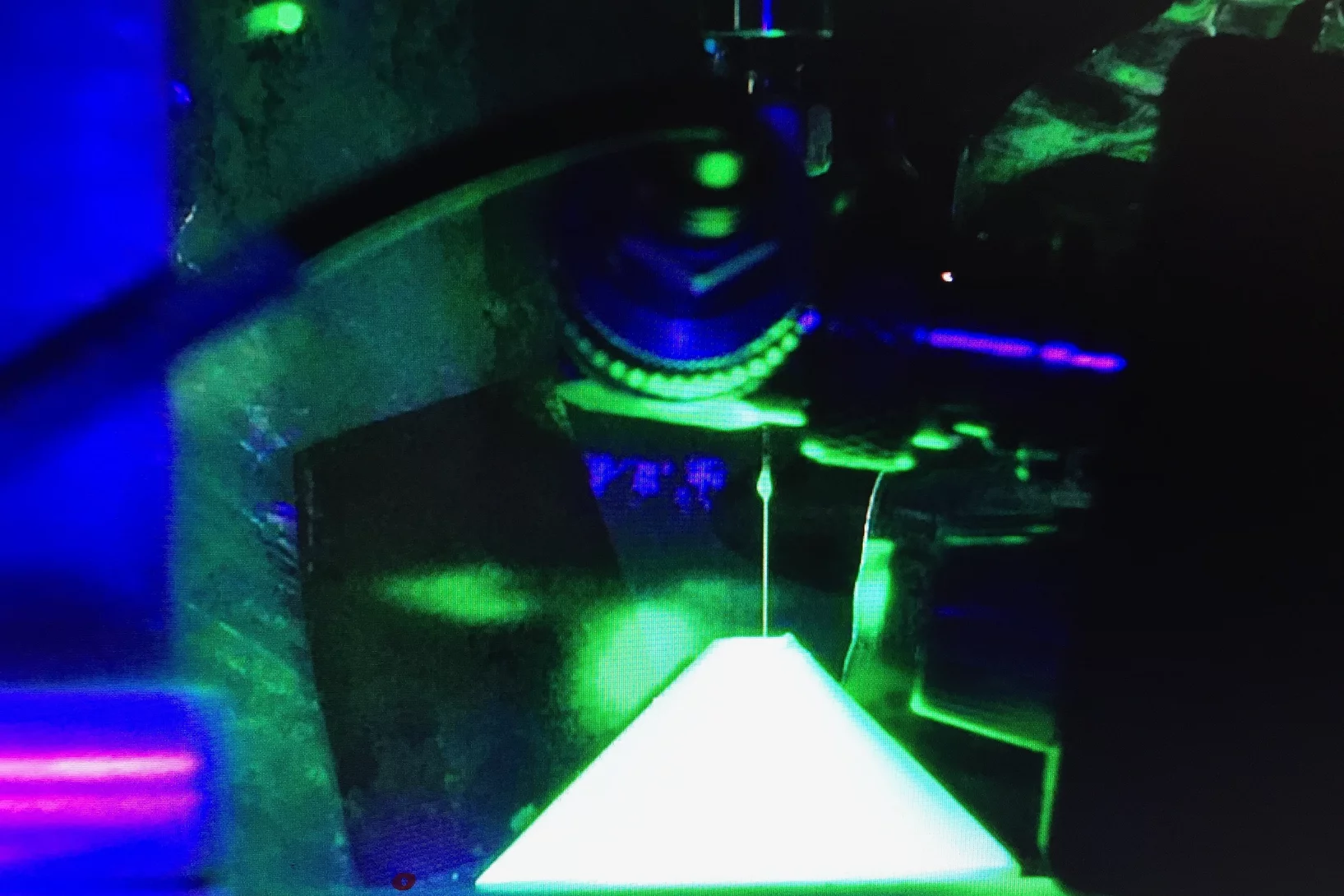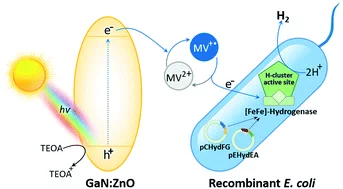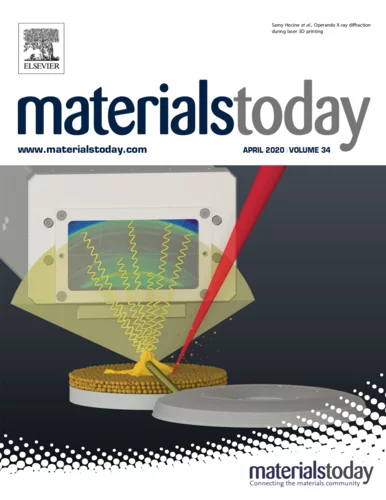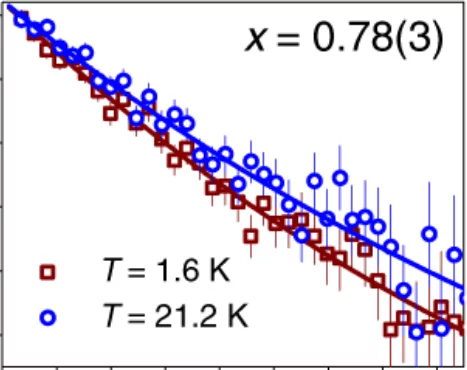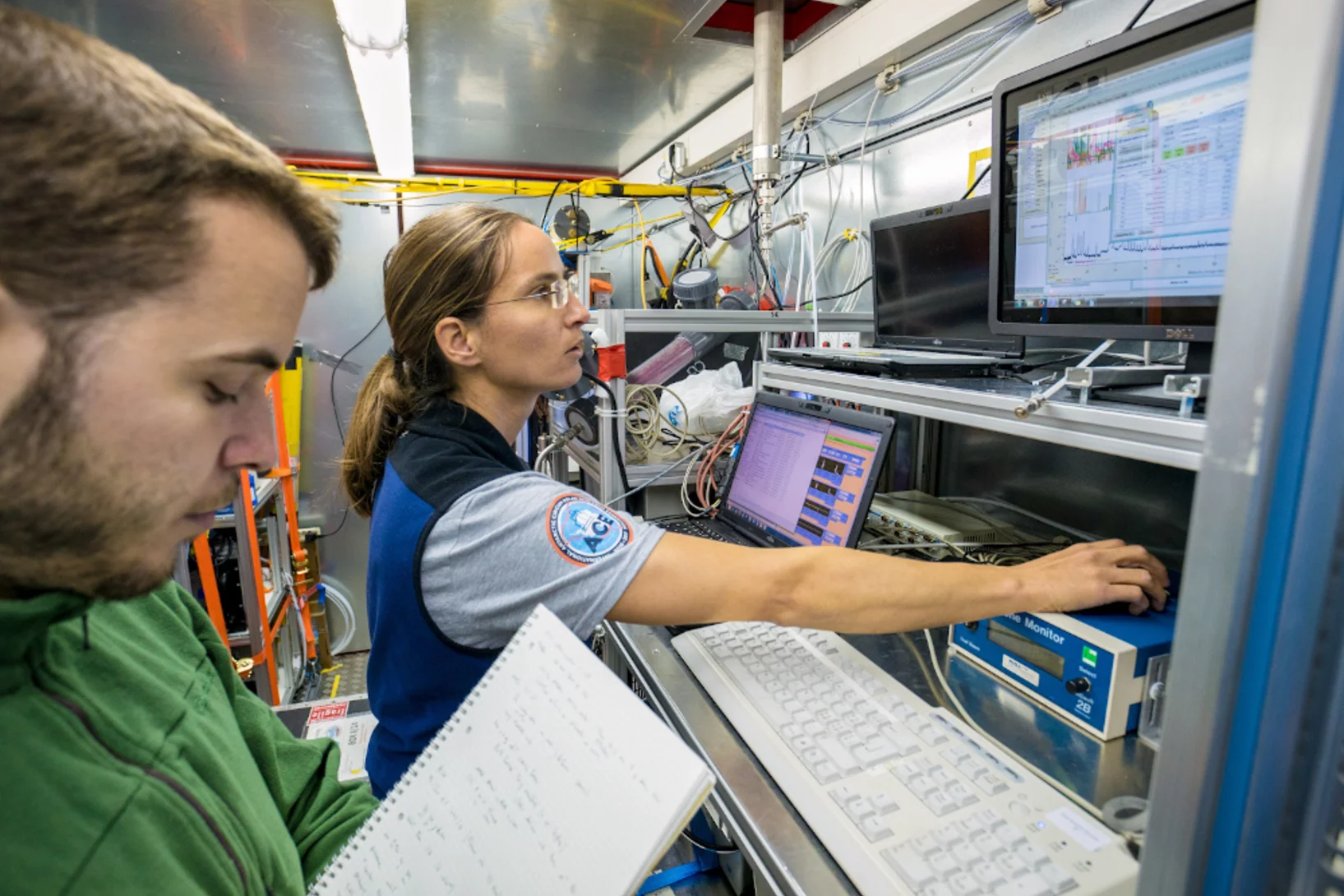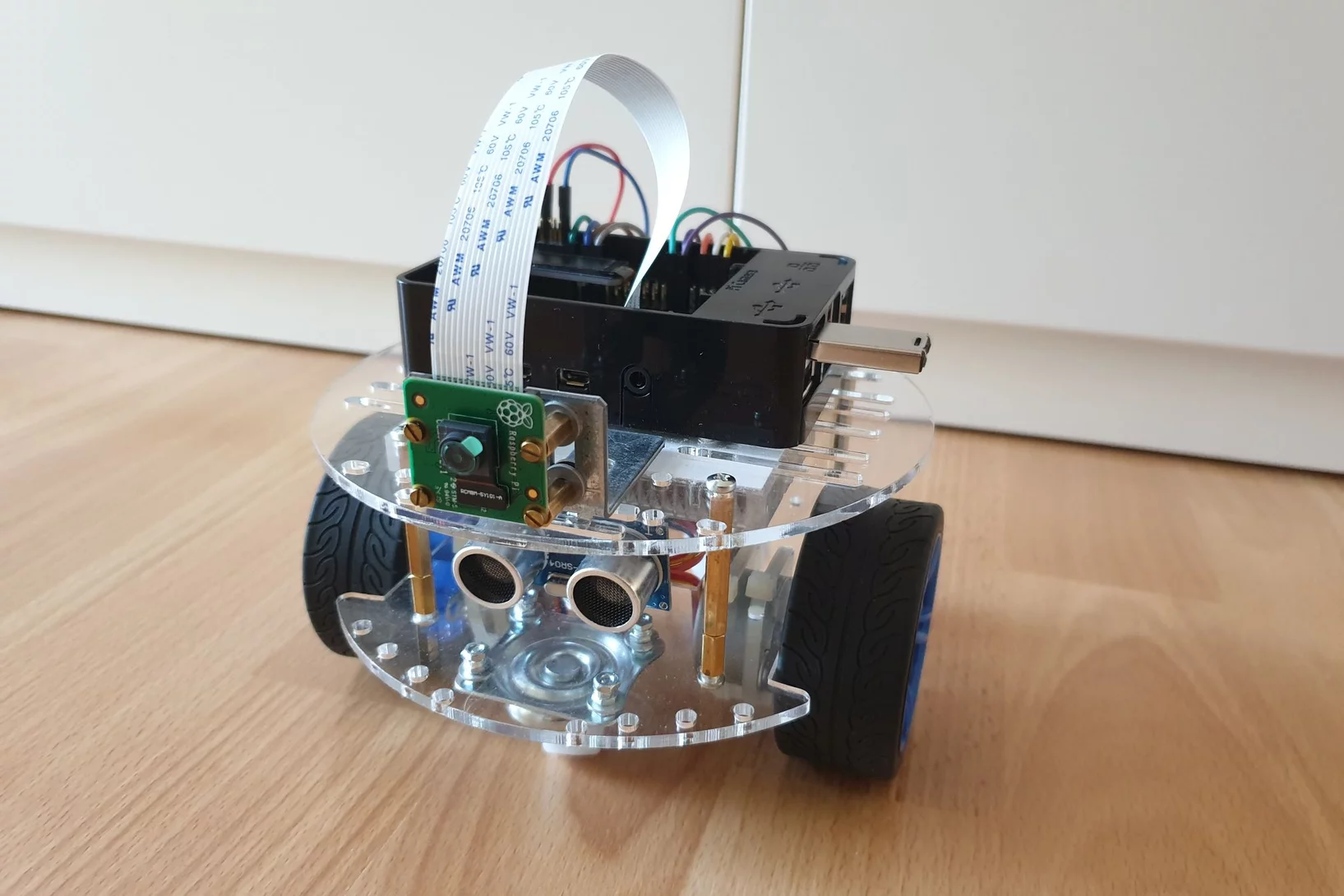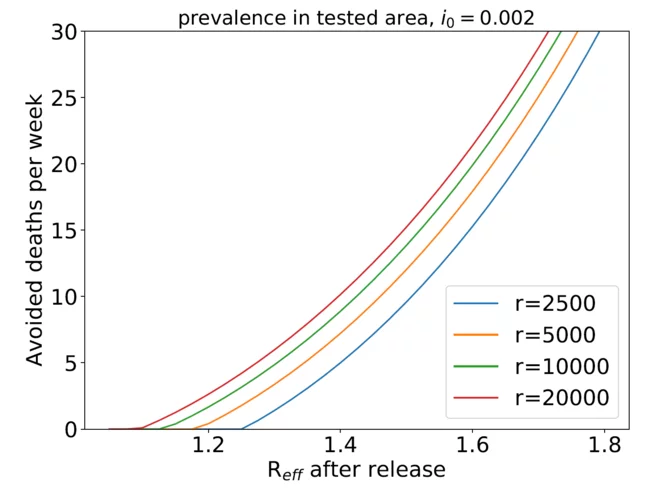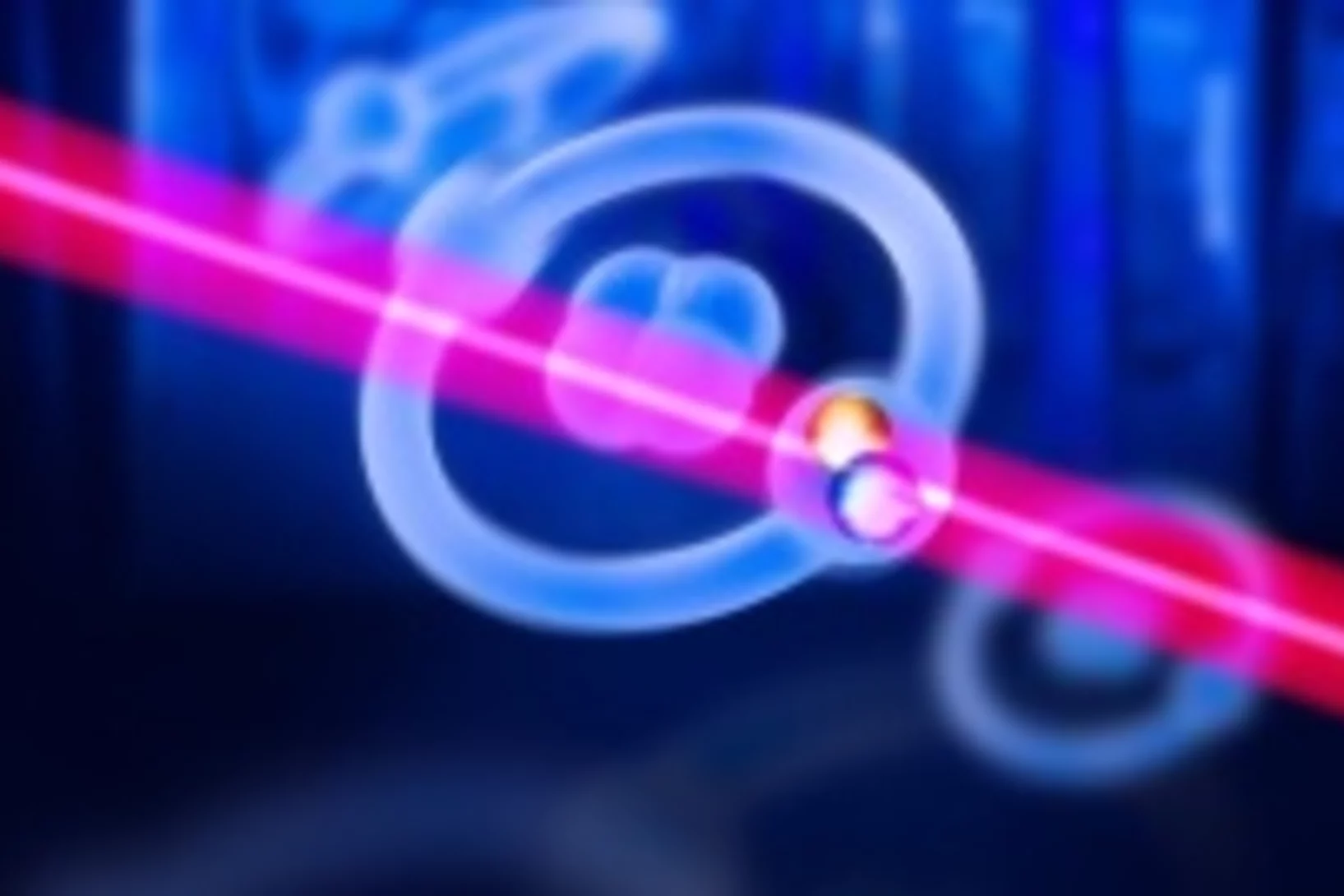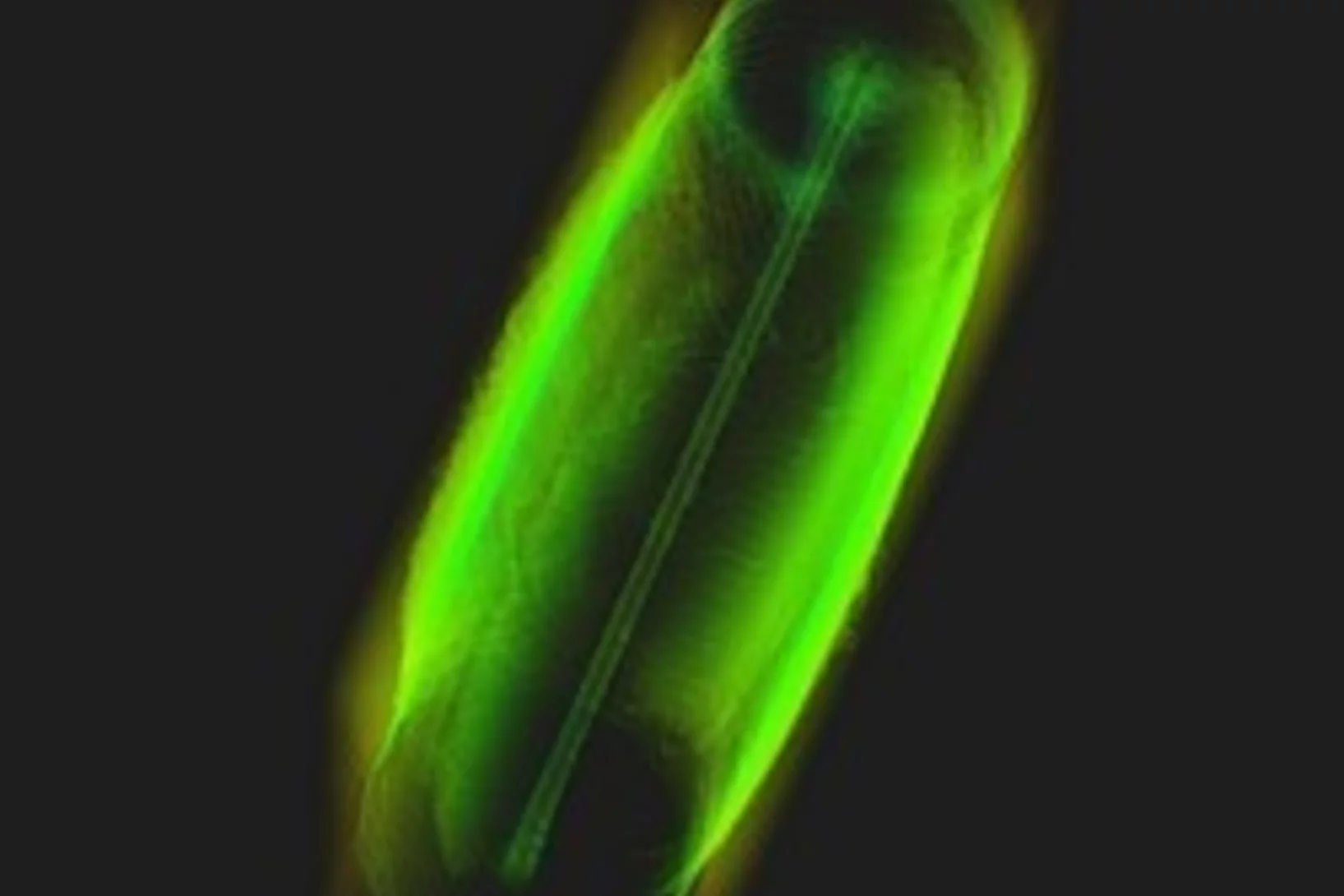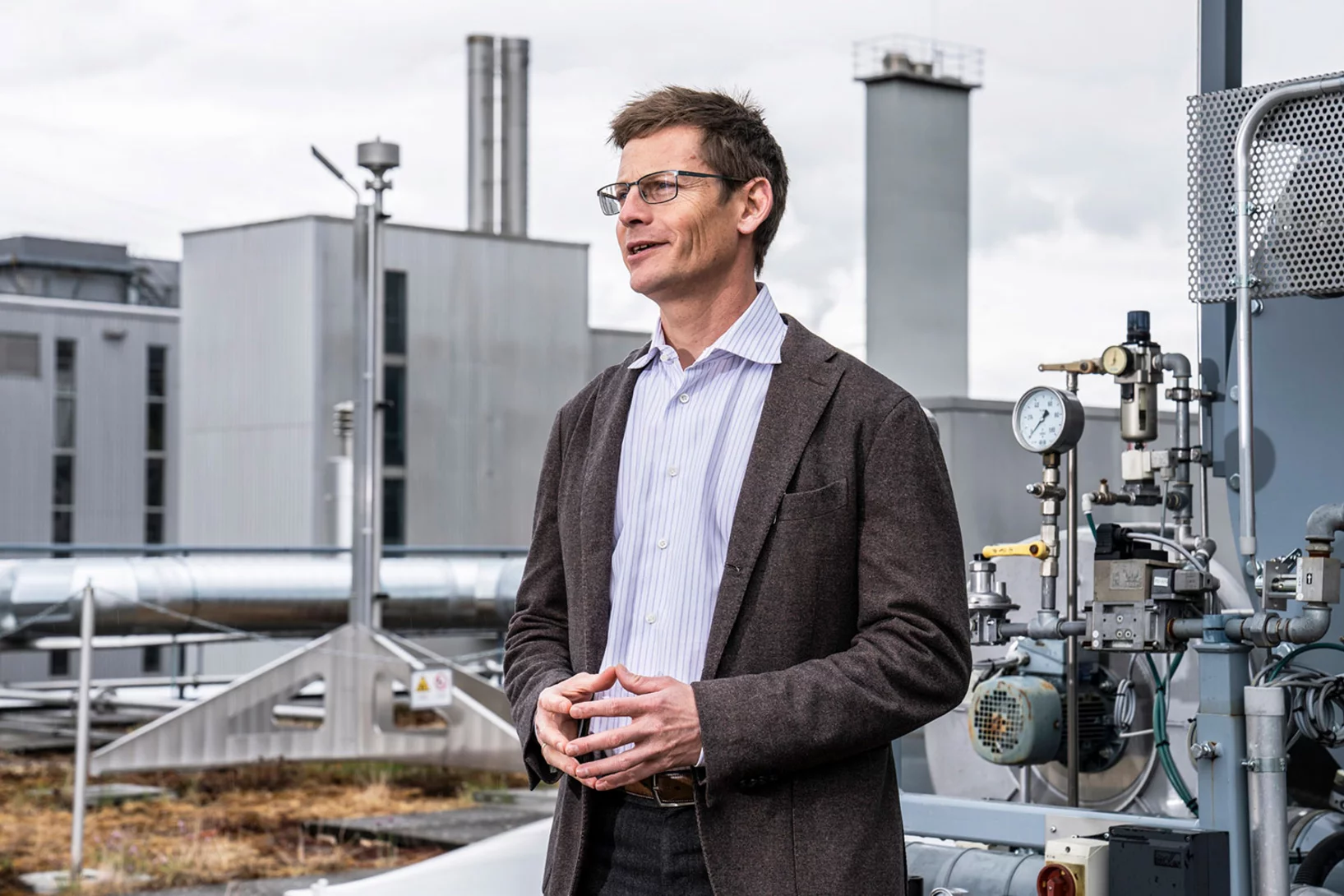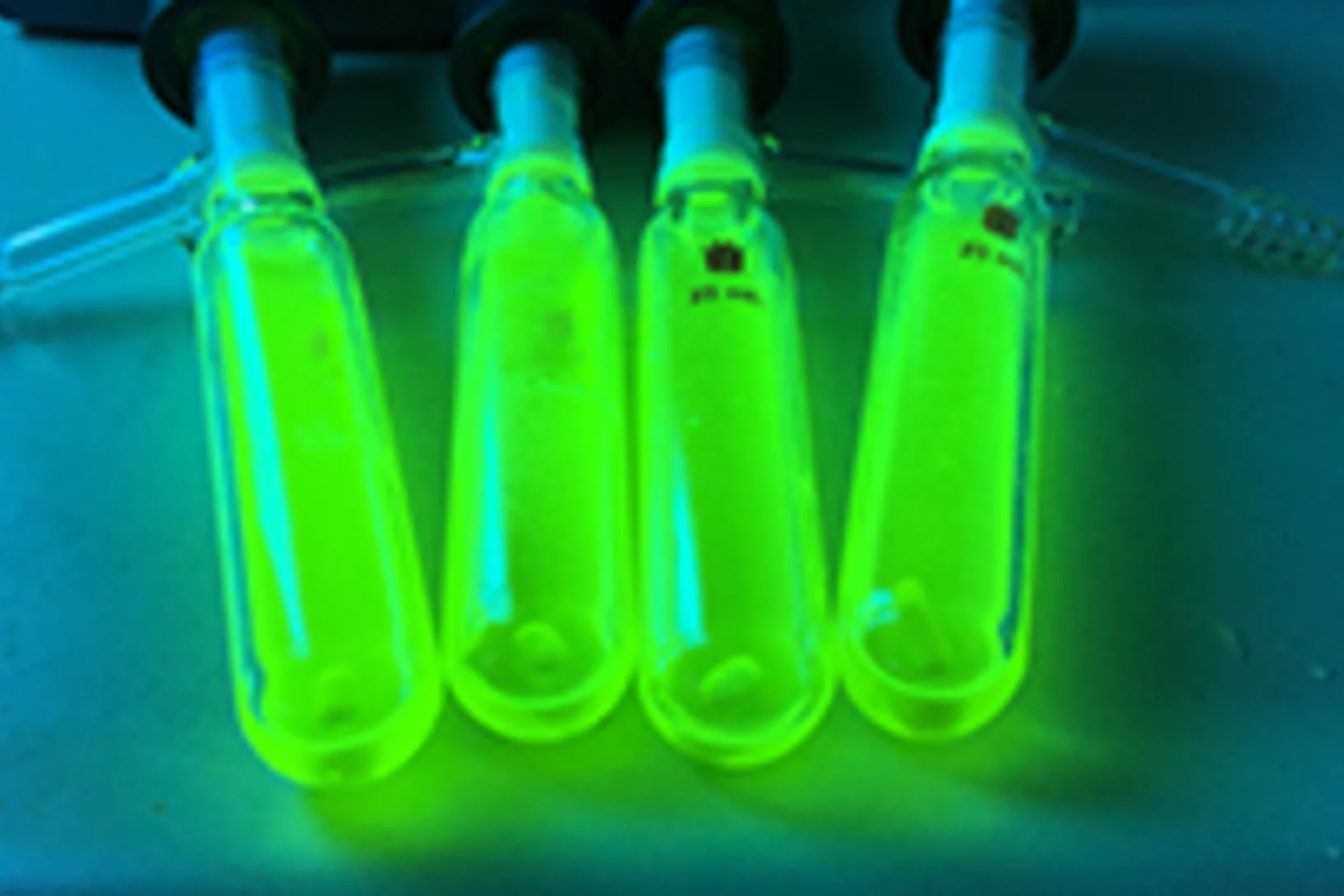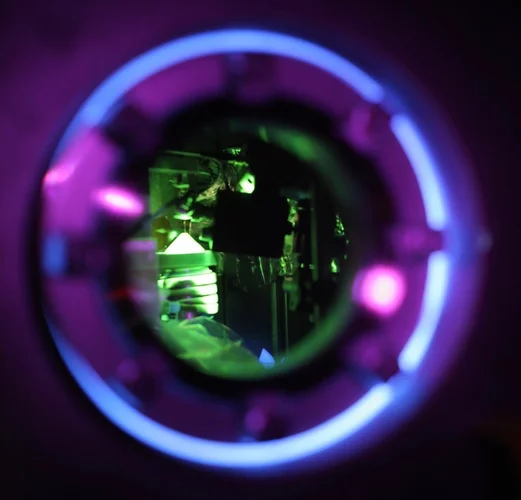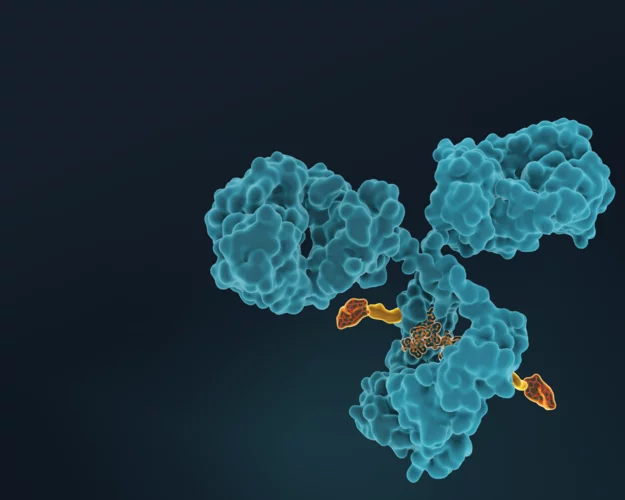Abandon de l’énergie nucléaire, développement de l’énergie solaire et éolienne, production d’énergie à partir de la biomasse, réduction de la consommation d’énergie. D’ici 2050, la Suisse doit atteindre la neutralité climatique. Un objectif ambitieux, rendu plus urgent que jamais par une situation géopolitique de plus en plus difficile. Comment faire pour mettre en place ces prochaines années un approvisionnement énergétique durable et résistant pour la Suisse? Comment les énergies renouvelables peuvent-elles être utilisées de manière optimale? Quelles sont les nouvelles technologies les plus prometteuses? Au PSI, des chercheurs s’efforcent de trouver des réponses à ces questions décisives.
A miniaturized selective laser melting device for operando X-ray diffraction studies
We report on the development of a miniaturized device for operando X-ray diffraction during laser 3D printing. Its capabilities are demonstrated by ex situ printing of complex shapes and operando X-ray diffraction experiments using Ti-6Al-4V powder.
The Mu3e collaboration grieves for Sig Martin
We lost a very good friend and an important consultant for the design and construction of the magnet for our experiment.
Influence of thermo-mechanical history on the ordering kinetics in 18 carat Au alloys
In situ high-energy synchrotron X-ray diffraction experiments in combination with electron microscopy observations reveal the influence of the thermo-mechanical history and chemical composition on the ordering kinetics during isochronal heating of 18 karat Au alloys.
Elucidation du mécanisme d’une pompe à sodium contrôlée par la lumière
Des chercheurs de l’Institut Paul Scherrer PSI ont réussi une première: réaliser des prises de vue d’une pompe à sodium en action, plus précisément d’une pompe à sodium de cellules bactériennes contrôlée par la lumière. Ces éléments de connaissance sont prometteurs pour le développement de nouvelles méthodes dans le domaine de la neurobiologie. Pour leurs analyses, les chercheurs ont utilisé le nouveau laser à rayons X à électrons libres SwissFEL.
«Switzerland Innovation Tech4Impact»: concours pour une innovation de pointe
La pandémie actuelle a également de graves répercussions sur la Suisse en tant que place économique. C'est pourquoi il est particulièrement important d'investir dans l'inno-vation dès maintenant. Dans cette optique, la Fondation «Switzerland Innovation» lance sa première mise au concours avec des partenaires renommés de l'économie suisse. Un financement sera accordé aux projets d’innovation qui s'attaquent aux problèmes les plus urgents de notre époque.
Young Scientist Award 2020
The Young Scientist Award 2020 of the European Magnetism Association (EMA) goes to Claire Donnelly for advances in the experimental characterization of spin textures and their dynamics in three dimensions with X-ray techniques.
Claire Donnelly, a former Ph.D. and postdoc at PSI in the Mesoscopic Systems Group, is currently a Leverhulme Early Career Research Fellow in the Cavendish Laboratory, University of Cambridge. She received her PhD in 2017 from the ETH Zurich for her work on hard X-ray tomography of three-dimensional magnetic structures based at the Paul Scherrer Institute. Following a postdoc at the ETH Zurich, she moved to the University of Cambridge and the Cavendish in January 2019, where she is focusing on the dynamics of three-dimensional magnetic nanostructures.
Her research focuses on three dimensional magnetic systems, which she studies using sophisticated synchorotron X-rays to determine the three-dimensional magnetic configurations, and their dynamic behaviour, at the nanoscale.
Newly discovered rapid particle growth rates may be the answer to the mystery of aerosol formation in urban smog
Aerosols, suspended particles or droplets, play a key role in Earth’s atmosphere’s energy balance. They can also result in smog formation in cities, which leads to low visibility and serious health risks for the population. A recent study published in Nature outlines a newly discovered mechanism that may play a key role in the continued survival of particles in wintertime smog.
Surface Segregation Acts as Surface Engineering for the Oxygen Evolution Reaction on Perovskite Oxides in Alkaline Media
La1–xSrxCoO3-δ perovskites are potential catalysts for the anodic reaction of alkaline water electrolyzers, i.e., the oxygen evolution reaction (OER). It is well-known that La1–xSrxCoO3−δ perovskites can easily display strontium surface segregation, but how this influences the performance of La1–xSrxCoO3−δ perovskites as anodic electrode in alkaline water electrolyzers, particularly in terms of OER activity, has not been unveiled yet. This study focuses on La0.2Sr0.8CoO3−δ, which shows relatively high activity for the OER, and reveals the influence of the preparation temperature on the amount and morphology of segregated strontium-containing islands. Thin film samples were prepared at different temperatures by using pulsed laser deposition. Those samples were then characterized with synchrotron-based X-ray photoelectron spectroscopy “as prepared” and after being immersed in ultrapure water. We found that higher preparation temperatures enhance the segregation of strontium, which is then almost quantitatively removed by washing the samples with ultrapure water. After immersion in water, the samples expose a cobalt-rich surface. Investigating the OER activity as a function of the perovskite deposition temperature, it has been found that the higher the deposition temperature (i.e., the more extended the strontium segregation), the higher the OER activity. Such an effect has been linked to the higher amount of cobalt accessible after removing the strontium segregated islands.
Surface Segregation Acts as Surface Engineering for the Oxygen Evolution Reaction on Perovskite Oxides in Alkaline Media
The temperature-dependent segregation of strontium-containing species on LSCO electrodes has been studied by means of XPS, SEM and XRD. Such surface species dissolve almost quantitatively upon immersion in water, leaving cobalt oxide, the active site of the reaction, free.
Simultaneous Nodal Superconductivity and Time-Reversal Symmetry Breaking in the Noncentrosymmetric Superconductor CaPtAs
By employing a series of experimental techniques, we provide clear evidence that CaPtAs represents a rare example of a noncentrosymmetric superconductor which simultaneously exhibits nodes in the superconducting gap and broken time-reversal symmetry (TRS) in its superconducting state (belowTc ≈ 1.5 K). Unlike in fully gapped superconductors, the magnetic penetration depth λ(T) does not saturate at low temperatures, but instead it shows a T2 dependence, characteristic of gap nodes.
First MX results of the priority COVID-19 call
The Dikic group at the Goethe University in Frankfurt am Main, Germany has published the first results following the opening of the "PRIORITY COVID-19 Call” at SLS.
The unique interplay between copper and zinc during catalytic carbon dioxide hydrogenation to methanol
The nature of high activity of Cu/ZnO catalyst in methanol synthesis remains the subject of intensive debate. Here, the authors are revisiting carbon dioxide hydrogenation mechanism using high-pressure operando techniques.
Bilan écologique des voitures: un nouvel outil web pour aider les particuliers et les chercheurs
Aide à la décision lors de l’achat d’un véhicule: des chercheurs de l’Institut Paul Scherrer ont développé un outil web baptisé Carculator qui permet de comparer en détail le bilan écologique des voitures.
Publication of the very first Pilot experiment results from Alvra
The results from the first pilot experiment at Alvra have just been published in Nature Communications. The measurements probed the excited-state character of a Cu-P OLED complex using X-ray emission spectroscopy from the phosphorus atoms in the molecule.
Photobiocatalytic H2 evolution of GaN:ZnO and [FeFe]-hydrogenase recombinant Escherichia coli
The need for sustainable, renewable and low-cost approaches is a driving force behind the development of solar-to-H2 conversion technologies. This study aims to develop a new strategy using a visible-light photocatalyst coupled to a biocatalyst for H2 production. Photocatalytic methyl viologen (MV2+) reduction activity was investigated to discover active oxynitrides. In comparative studies with LaTiO2N, BaTaO2N and Ta3N5, it was revealed that the suitable surface area, band gap and band edge potentials are some physical factors that are responsible for the photocatalytic behaviors of GaN:ZnO in MV2+ reduction. The activity is enhanced at higher concentrations and the alkaline pH of triethanolamine (TEOA). The expression of an active [FeFe]-hydrogenase from Escherichia coli (Hyd+E. coli) as a recombinant biocatalyst was confirmed by its MV˙+-dependent H2 production activity. In the photobiocatalytic system of GaN:ZnO and Hyd+E. coli, the rate of H2 production reached the maximum level in the presence of MV2+ as an electron mediator at neutral pH as a biocompatible condition. The present work reveals a novel hybrid system for H2 production using visible-light active GaN:ZnO coupled to Hyd+E. coli, which shows the feasibility of being developed for photobiocatalytic H2 evolution under solar light.
Lehrberufe à la carte 2020
Am Sonntag, 21. Juni 2020 ist abgesagt!
Operando X-ray diffraction during laser 3D printing
Ultra-fast operando X-ray diffraction experiments reveal the temporal evolution of low and high temperature phases and the formation of residual stresses during laser 3D printing of a Ti-6Al-4V alloy. The profound influence of the length of the laser-scanning vector on the evolving microstructure is revealed and elucidated.
Superconductivity with broken time-reversal symmetry inside a superconducting s-wave state
In general, magnetism and superconductivity are antagonistic to each other. However, there are several families of superconductors in which superconductivity coexists with magnetism, and a few examples are known where the superconductivity itself induces spontaneous magnetism. The best known of these compounds are Sr2RuO4 and some non-centrosymmetric superconductors. Here, we report the finding of ...
Laser focus on mesons
The first demonstration of laser spectroscopy of a meson, achieved at PSI's πE5 beamline, opens up new avenues for precision studies of ‘exotic atoms’.
Around Antarctica in 90 days to study the pristine atmosphere
PSI researchers have designed and equipped a laboratory container for operation on research ships to undertake comprehensive studies of the chemistry and microphysics of the atmosphere. The floating laboratory was first deployed during the Antarctic Circumnavigation Expedition (ACE) with the aim of characterizing aerosol processes that are relevant for climate change in an atmosphere, which is hardly influenced by human emissions of air pollutants other than greenhouse gases.
Was tut eine angehende Physiklaborantin im Homeoffice?
Sie entwickelt zum Beispiel einen autonomen und fernsteuerbaren Roboter und erweitert so ihre Erfahrungen in Mess-, Steuer- und Regeltechnik und vertieft ihre Kenntnisse in der Programmierung. Eine Lernende des 2. Lehrjahres beschreibt hier, wie es ihr dabei ergangen ist.
Benefit of random testing
With the imminent relaxation of socio-economic restrictions, it becomes vital to assess its effect on the prevalence of acute infections within the population, as rapidly as possible. Currently available monitoring instruments for the COVID-19 pandemic have an inherent time delay of about 14 days, as they rely on confirmed infections, hospitalizations, and death numbers. These methods give Reff(t) (the number of infections caused by a single infected person), but their delay is a significant disadvantage when restrictions are released. If after relaxation, Reff(t) rises above 1, one will not be able to react adequately before two weeks have passed during which time the prevalence could significantly rise. Here, we propose the use of random testing to shorten this reaction time, by obtaining direct and modeling dependent information on Reff(t). Through random testing of between 2500 and 20000 people per day, we find that over periods significantly shorter than two weeks, it becomes possible to detect a dangerous increase in Reff with reasonable confidence.
De l’hélium pionique avec une longue durée de vie: première preuve expérimentale de l’existence d’une matière exotique
Les atomes exotiques, où des électrons ont été remplacés par d’autres particules, permettent de scruter en profondeur l’univers quantique. Au terme de huit ans de travail, une équipe internationale de chercheurs a réussi une expérience difficile à la source de pions du PSI: créer un atome artificiel appelé «hélium pionique».
Miniaturized fluidic circuitry observed in 3D
The team of Prof. Thomas Hermans at the University of Strasbourg in France managed to create wall-less aqueous liquid channels called anti-tubes. Thanks to X-ray phase contrast tomography at the TOMCAT beamline those anti-tubes could be observed in 3D. The exciting results were published in Nature on May 6, 2020.
Evolutions à long terme des prix de l’énergie et de la consommation énergétique dans l’industrie
Les chercheurs de l'Institut Paul Scherrer PSI ont étudié, dans le cadre d'un projet de recherche parrainé par l'Office fédéral suisse de l'énergie (OFEN), l’évolution de la consommation énergétique de l’industrie suisse en fonction des prix de l’énergie. Ils concluent, entre autres, que les augmentations de prix dans le domaine de l’énergie ont un impact uniquement à long terme sur la consommation d’énergie.
Information for SmuS, SINQ and CHRISP users
The restart of operating the PSI high intensity proton accelerator (HIPA) is expected to be delayed by about 2 months due to the Corona virus situation. The pandemic team of PSI approved a scenario where in-house research at the correponding facilities will be possible from mid of July on. External users at HIPA will only be allowed as of September 1st.
This means that we have to shift many .....
A la recherche du matériau électroluminescent du futur
A l’Institut Paul Scherrer PSI, des chercheurs ont scruté l’intérieur d’un matériau prometteur pour les diodes organiques électroluminescentes (OLED). Leurs conclusions contribueront au développement de matériaux électroluminescents à très bon rendement lumineux et peu coûteux à la fabrication.
Taking a snapshot of the triplet excited state of an OLED organometallic luminophore using X-rays
In this work, the complementarity of pump-probe experiments at SwissFEL (ALVRA endstation) and at synchrotrons (SuperXAS beamline of SLS and ID09 of ESRF) is used to investigate the triplet excited state of Cu OLED materials. Details about the charge transfer and structural rearrangements in the excited state of this material are revealed and obtained data can be used to verify computational methods for rational development of new OLED materials.
Hierarchically Structured Porous Transport Layers for Polymer Electrolyte Water Electrolysis
The high operational and capital costs of polymer electrolyte water electrolysis technology originate from limited catalyst utilization and the use of thick membrane electrolytes. PSI researchers have developed novel multi-layer porous transport materials, which provide superior electrochemical performance in comparison to conventional single-layer structures.
L'entreprise spin-off du PSI, Araris Biotech AG, est l'un des 10 lauréats du prix Venture Leaders Life Science de cette année
En tant que vainqueur, Araris participera à la Journée Suisse des biotechnologies 2020 ainsi qu'à un roadshow d'une semaine à Boston, où Araris et les autres Venture Leaders se présenteront devant les principaux investisseurs américains et rencontreront des cadres et des experts de l'industrie biotechnologique et médicale. Boston est l'un des centres les plus importants au monde pour les sciences de la vie et le tremplin idéal pour les jeunes entreprises ambitieuses en voie d'expansion mondiale.



